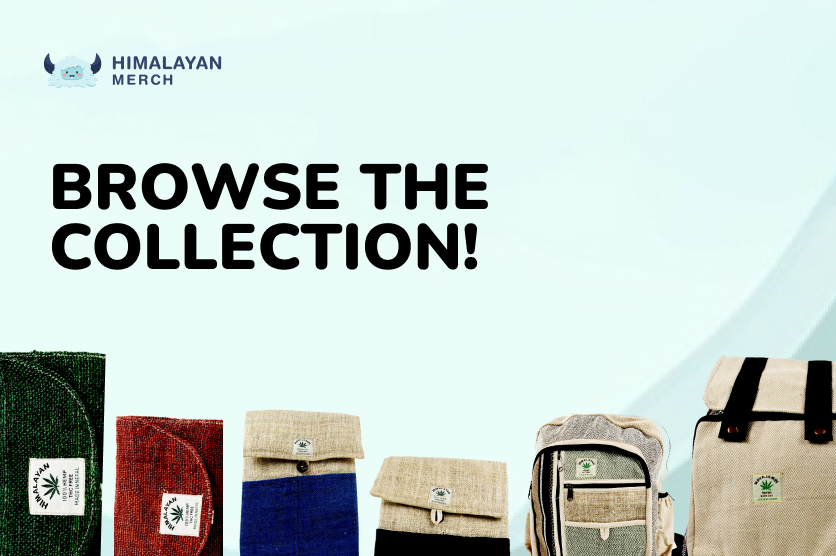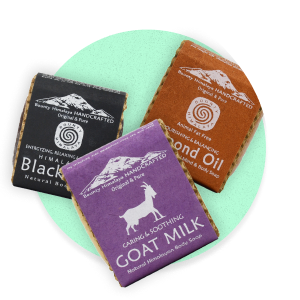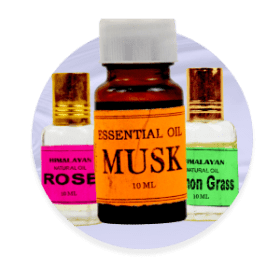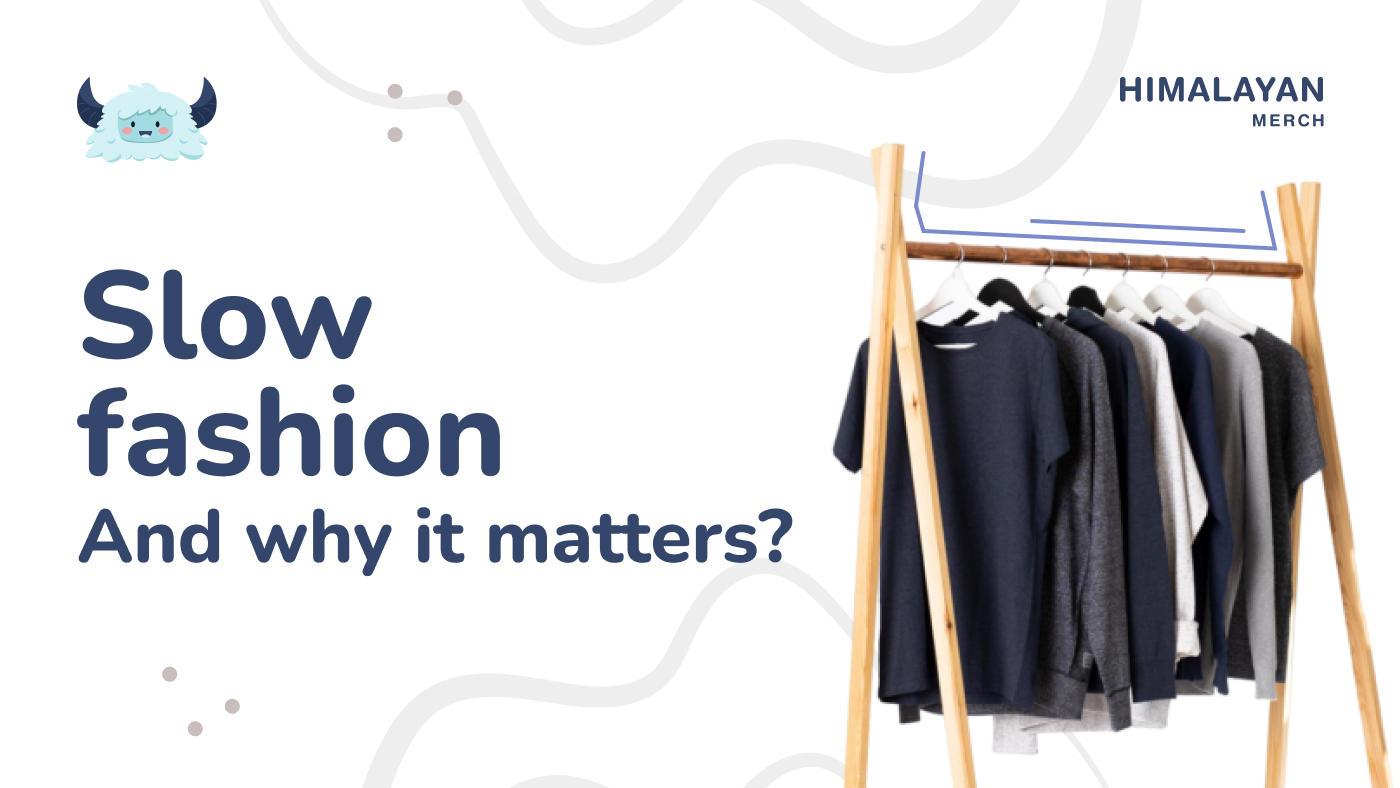Sustainable Fashion
Slow Fashion And Why It Matters
Do you ever wonder where your clothes come from and go? If you think about the lifeline of one piece of your clothing, it will usually look like this. Somewhere in a rural, faraway place, farmers grow and harvest the crop that your clothing material comes from. They spend months watering the plants, keeping them away from pests, harvesting them, processing them, and finally making fabric. They sell the fabric to industries and manufacturers who make clothes, usually with hired labour. The clothes go to stores and finally end up in your closet. Maybe you scored a sale and got it despite not needing it because of the cheap prices. Then you use it for several months at most, and… throw it away, or donate it. Whatever happens, it ends up in a landfill where it produces greenhouse gases on its slow journey of decomposing. Sometimes it won’t.
Maybe that’s a lot to consider for a plain T-shirt. But imagine this. The fashion industry is thriving so well that clothes are made at an unbelievable rate. They can be so cheap that people essentially consider them disposable. All those time, resources, and hard work just to end up in a landfill. This is fast fashion. It is fast, and it is harmful. I mean everyone needs clothes. So imagine how much pollution fast fashion causes. How much impact it has on our plant and our climate. This $2.5 trillion dollar industry has grown up to produce 10% of humanity’s carbon emissions. According to UNECE, 2018, 85% of all textiles go to the dump each year. It is also the second-highest user of water worldwide. Washing clothes sends a significant amount of microplastics into the ocean. Fashion production dries up water sources, pollutes rivers and streams.
The solution is slow fashion.
What is slow fashion?
Exactly as its name suggests, slow fashion is the opposite of fast fashion. It is an approach to fashion that considers the processes and resources required to make clothing. And by considering these things, encourages people to purchase better-quality garments that will last for a lifetime instead of cheap and quick-to-wear alternatives. Along the way, it advocates for fair treatment of workers, animals, and our nature. Sloe fashion is an investment that helps clear our carbon footprint.
Regarding fashion, there are many terms people use these days; sustainable, conscious, vegan, fairtrade, etc. These terms don’t have clear boundaries and usually overlap in one aspect or more. The main difference with slow fashion is that it emphasizes reducing consumption and production of fashion garments more specifically. Slow fashion offers season-less clothing made to last a lifetime. It incorporates traditional production techniques and the use of organic and eco-friendly materials, along with working conditions that align with human morals and rights.
Read also: What Is Conscious Fashion
The slow fashion movement:
Kate Fletcher, a design activist and professor coined the term slow fashion.
“Slow fashion, with the shift from quantity to quality, takes the pressure off time. It allows suppliers to plan orders, predict the numbers of workers needed and invest in the longer term. It gives companies time to build mutually beneficial relationships. No longer will suppliers have to employ temporary or subcontracted workers, or force workers to do excessive overtime to meet unpredictable orders with impossible deadlines. Instead, workers will have secure employment with regular hours and the opportunity for promotion.”
Slow fashion has seen incredible support from people these past few years. As we are more socially aware of the social, environmental, and moral impacts of fashion, we demand higher sustainability and ethical standards.
Quality over quantity:
Of course, quality costs more. Slow fashion is an investment. We will buy fewer items that cost more than ordinary non-sustainable garments, but they will last a lifetime. Designers will put more thought and effort into how clothes can be made trendless. It enables a richer interaction between designers and consumers. As workers spend a long time making materials and fabrics that match the ethical standards, their jobs will be secure and high-paying. It also allows for a fairer distribution of the ticket price at every level of the supply chain. As workers start to become more valuable in processing fabrics and other materials, they will be treated fairly. Working conditions will improve.
For general consumers like us, it means we save a lot of money. We don’t have the need to buy more clothes, as the ones we already own are doing well. They serve us for a long time and can be used for much longer when we donate them to somebody.
Slow fashion is green fashion:
For the environment, the clothes are gentler. They won’t contain microplastic materials and other dyes and chemicals. When we wash them, we don’t have to worry about polluting our water bodies. When we dispose of them, the clothes won’t cause greenhouse gases when decomposing. Since they are made with much care and thought, the production will be as eco-friendly as possible. Trees won’t get chopped for fibre. There will be responsible waste and waste management. There will be no need for pesticides and chemicals. Soil fertility won’t be lost.
These changes are one garment away
Navigating fashion consciousness can be intimidating. If you don’t know where to begin from and what to do, we are here to tell you that.
- Self-assessment: Look through your closet and recount the history of your clothes. When and where you bought them, how much for, how long have you used them, how often you use them, and if they are good quality items. Find out what kind of clothes you tend to wear the most and what you need the most.
- Build a capsule wardrobe: This requires you to get real about what clothing actually makes sense for your lifestyle. You don’t have to discard your clothing yet. You don’t have to at all. Building a capsule wardrobe will help you when you’re buying new garments.
- Make mindful purchases: Always think before acting. Avoid buying clothes on impulse. Discount sales can be lucrative, but you are better than the spontaneous spender inside your mind. Look at your current capsule wardrobe and buy clothes that work with them. Invest in high-quality pieces. Consider second-hand shops or thrift shops.
There are plenty of brands that work to promote slow fashion. These slow fashion brands care about the planet, local workers, and customers. When you purchase from these slow fashion brands, you stand on the right side of the line. It is high time we started making conscious decisions, especially about things that are essential and the most exploitative to the environment. Do your research. Take your time. Make others understand the need for quality over quantity, and about slow fashion. Slow fashion is the beginning of sustainable business models that respect workers, the environment, and consumers in equal measure. Such a future is but a garment away.
Check out the range of products made of Himalayan Hemp available at our website himalayanmerch.com:
-
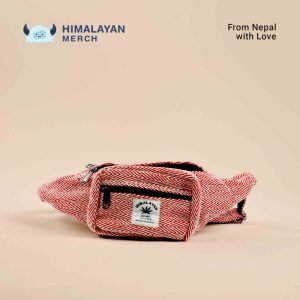 Hemp Fanny Pack$ 15.00
Hemp Fanny Pack$ 15.00 -
 Hemp Tobacco Purse$ 10.00
Hemp Tobacco Purse$ 10.00 -
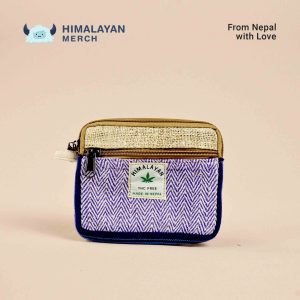 Hemp Wallet$ 6.00
Hemp Wallet$ 6.00 -
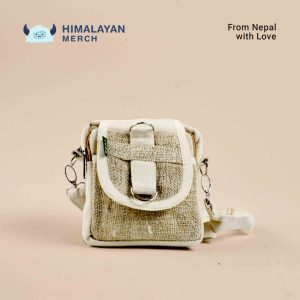 Hemp Passport Bag$ 22.00
Hemp Passport Bag$ 22.00 -
 Pure Hemp Side Bag$ 22.00
Pure Hemp Side Bag$ 22.00 -
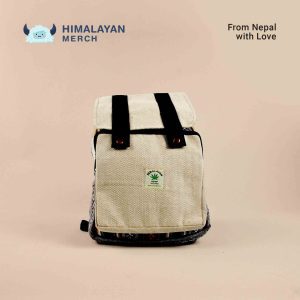 Buttoned Hemp Bag Pack$ 35.00
Buttoned Hemp Bag Pack$ 35.00 -
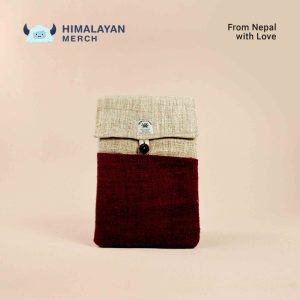 Hemp Laptop Sleeve$ 28.00
Hemp Laptop Sleeve$ 28.00 -
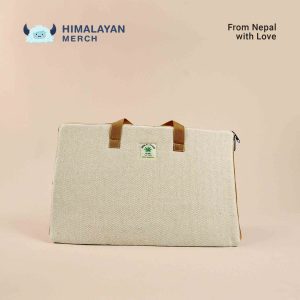 Hemp Laptop Bag | Laptop Case$ 20.00
Hemp Laptop Bag | Laptop Case$ 20.00 -
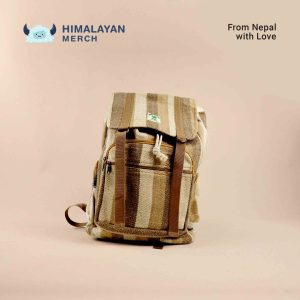 Hemp RuckSack$ 40.00
Hemp RuckSack$ 40.00

